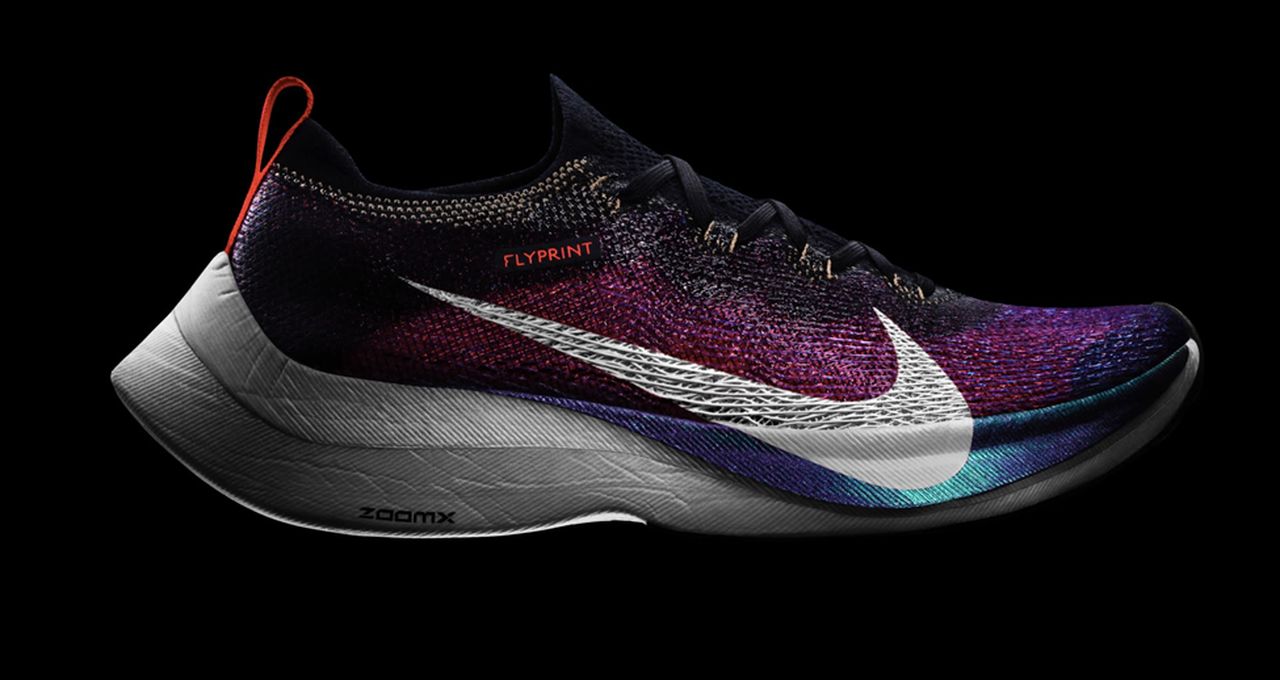Charles R. Goulding, Preeti Sulibhavi, and Jacob Nolan explore how Jannik Sinner’s historic Grand Slam victory marks a new era for Italian tennis, fueled by groundbreaking 3D printing innovations.
After 48 years 22-year-old Jannik Sinner is the first Italian male tennis player in 48 years to win a Grand Slam. With many great male players like Roger Federer, Rafael Nadal and Andy Murray aging out tennis is searching for new male leaders. Carlos Alvarez is another impressive new player at the top of his game. Sinner appears to live quietly and conservatively and may be an ideal role model for the sport. Nike just gave Sinner a US$158 million contract and Gucci named him the 2022 brand ambassador.

Innovation in Tennis: Italy’s 3D Printed Products
Italy has also been the center of recent 3D printed tennis product innovation. Windform Materials, using the ingenuity of Modina Italy’s CRP Technology, has focused on the grip. Experienced players know the disadvantages of both cloth and smooth grips that become compromised with perspiration. The perspiration challenge is observable by the number of times pros must go to the towel in a match. CRP is also known for materials innovation in the aerospace and Formula 1 automotive sectors.
Prince Sports of Italy has been using 3D printing technology from CRP since 2007. Prince is world renowned for a variety of racket products.
Advanced 3D Printed Tennis Dampeners by AMBelievable
Tennis dampeners are small clip-like structures that are inserted within racket strings to reduce vibration. They may be placed on the top, bottom left or right of the racket face if they are outside the cross-string pattern.
AMBelievable, an Italian startup, pioneers advanced 3D printed dampeners for vibration and noise control across industries. These dampeners are meticulously crafted from materials like ABS, PLA, Nylon, or TPU, specifically chosen for their application-specific needs. Through intensive design optimization using FEA and CFD simulations, AMBelievable achieves superior performance in vibration absorption and noise reduction.
Using cutting-edge manufacturing techniques such as SLS, SLA, or FDM, they ensure precision in production. Internal structures often incorporate honeycomb patterns or lattice designs, bolstering damping efficacy while remaining lightweight. Customization options allow tailoring dimensions, stiffness, and damping characteristics to exact specifications. Strict quality control protocols guarantee reliability, including dimensional checks and vibration testing. Seamlessly integrating into existing systems, these dampeners offer innovative solutions with sustainability in mind, reducing waste and exploring eco-friendly materials.
Nike Flyprint Shoes: Revolutionizing Tennis Footwear
Nike Flyprint shoes are engineered with cutting-edge technology to provide athletes with superior performance. The upper of the shoe is crafted using Flyprint technology, which utilizes 3D printing to create a lightweight and breathable material. This innovative design allows for targeted support and ventilation where it’s needed most during intense workouts or competitions.
The Flyprint construction also enhances flexibility, allowing for natural movement and agility. With its functional design, the Nike Flyprint shoe offers a sleek aesthetic that appeals to athletes seeking both style and substance in their footwear. Whether you are sprinting on the track or putting in the work on the tennis court, the Nike Flyprint shoe delivers on comfort, durability, and performance. In tennis, the Nike Flyprint shoe’s lightweight make and responsive design make it ideal for quick movements across the court. The supportive yet flexible upper provides stability during quick changes in direction, crucial for executing precise shots. Additionally, the breathable material helps keep players’ feet cool and comfortable during intense matches, allowing them to stay focused and perform at their best.

The Research & Development Tax Credit
The now permanent Research and Development (R&D) Tax Credit is available for companies developing new or improved products, processes and/or software.
3D printing can help boost a company’s R&D Tax Credits. Wages for technical employees creating, testing and revising 3D printed prototypes can be included as a percentage of eligible time spent for the R&D Tax Credit. Similarly, when used as a method of improving a process, time spent integrating 3D printing hardware and software counts as an eligible activity. Lastly, when used for modeling and preproduction, the costs of filaments consumed during the development process may also be recovered.
Whether it is used for creating and testing prototypes or for final production, 3D printing is a great indicator that R&D Credit-eligible activities are taking place. Companies implementing this technology at any point should consider taking advantage of R&D Tax Credits.
Conclusion
There are many reasons to laude Sinner’s tennis accomplishments. We see the sport expanding and 3D printing can help!
